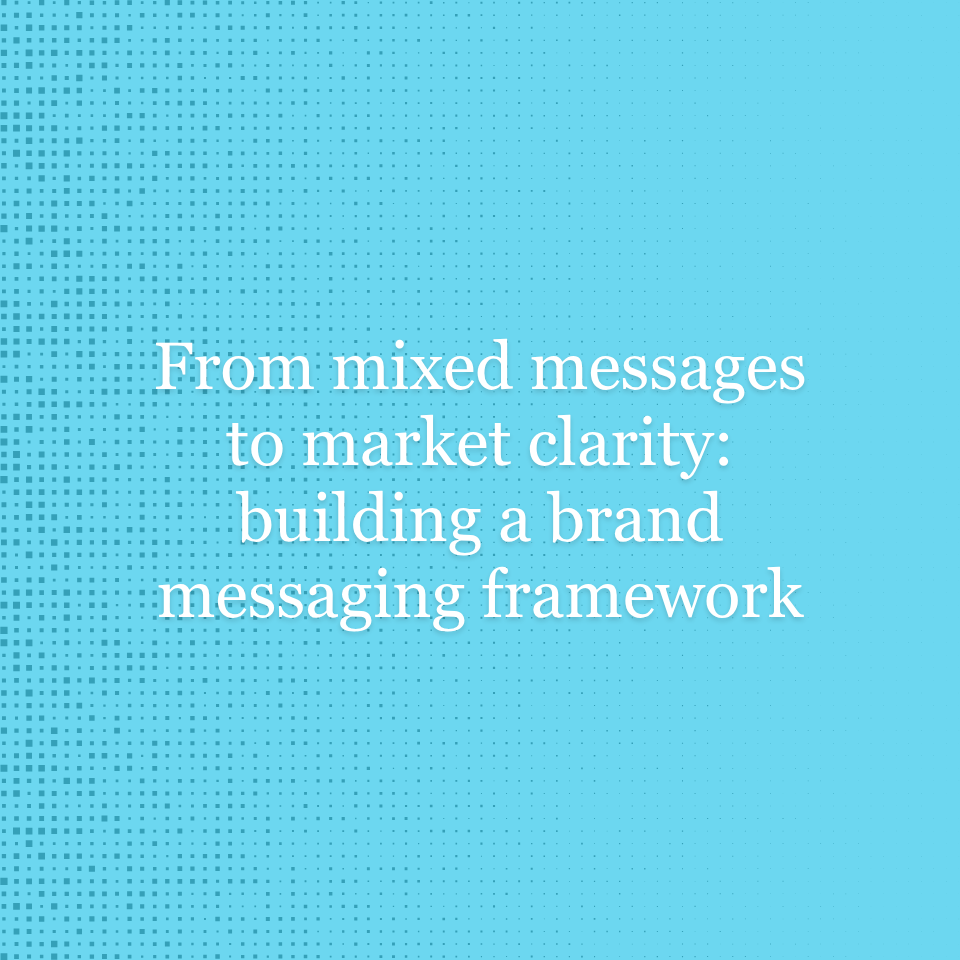A wise woman once sang, “a change will do you good.” But as we know from bad haircuts and questionable fashion choices, not all change is for the better. When you start to think your brand looks old and busted, you need to think about what’s working and not throw out good brand after bad.
You’re looking at a brand refresh.
How do we define a brand refresh? It’s when a company updates its visual and verbal branding elements. A brand’s logo, colors, web imagery, typeface, product packaging, and brand voice (the tone and syntax a brand uses to verbally communicate with its audience) are all up for debate. But, regardless of the specific changes that are made, the aim of a brand refresh is to shift or reinforce how people think or feel about your brand.
Because these branding elements are part of what makes a brand uniquely meaningful, you don’t want to make a false move. If done wrong, a brand refresh can alienate loyal customers and ultimately cost a company millions of dollars (see: Gap’s rebranding failure). But, if done successfully, a brand refresh can trigger re-engagement and enhance audience perceptions of a brand, ultimately reinvigorating the business as a whole.
So, how do you capitalize on the positive opportunities of a brand refresh and avoid the potential risks? Here’s a short checklist.
1. Get Grounded in Purpose
Having a purpose involves identifying and expressing the reasoning behind your brand refresh. A strong purpose is simple and emotionally provocative – it connects the goal of the refresh to your brand’s larger mission, and communicates how the refresh will better serve your audience’s needs. With an emotional grounding, your refresh has a much better chance of being accepted and, eventually, well-loved.
AirBnB is an example of a brand that successfully instilled purpose into its refresh rollout.

The purpose of AirBnB’s 2014 refresh campaign – entitled “Belong Together” – was to “foster a sense of belonging through the formation of a new community symbol that is not bound by language, culture, or location.” This is a deeply emotional purpose, as it concerns the innate human desire to belong. This purpose is also clearly aligned with AirBnB’s larger brand mission: to create a platform that allows travelers to feel at home wherever they are on the globe. Steeped in idealism and centered around a higher purpose, this refresh undoubtedly contributed to AirBnB’s exponential growth and established a foundation for continued success.
2. Treat Your Audience as Insiders
Humans are creatures of habit – as much as we yearn for change, it makes us kind of uncomfortable. Because of this, transparency and timeliness are two key factors in ensuring that your audience feels informed and assured during a brand rollout. Both employees and customers should be given honest and up-to-date information about the purpose and the process behind the brand refresh. The more your audience members feel like “insiders,” the more likely they will be to accept the changes and promote the brand’s new identity.

Google capitalized on the power of audience inclusion during its 2015 brand refresh rollout. A blog posted to the Google website began with an inspiring articulation of the purpose behind its brand refresh – “to make the world’s information…universally accessible and useful.” The rest of the content delved into the details of the development of its new branding elements. By providing a behind-the-scenes look into the creative process, Google ensured that its audience felt confident in the careful, strategic consideration behind the changes, and more importantly, inspired about what they meant for the future of Google.
3. Highlight continuity and change
When executing a brand refresh, it is crucial to be transparent about what is changing, and reassure your audience about what will remain the same. Ironically, reminding your audience about what isn’t changing can make them more accepting of what is, as it allows them to feel assured that the core of what they know and love about your brand is here to stay.
Southwest Airlines’ 2014 rollout campaign, entitled “New Look, Same Heart,” exemplifies the power of highlighting the continuity and change occurring within a brand refresh.

During its rollout process, Southwest Airlines highlighted how it planned to stay true to its core values even though its visual identity was new and different. “While we may look a little different, our airline is still built around: amazing Employees, legendary Customer Service, and low fares.” By highlighting what would remain the same, Southwest Airlines successfully transferred brand equity from its old identity to its new branding elements. In their words, “New Look, Same Heart.”
4. Anticipate Criticism
It is impossible to please everyone, especially when it comes to changing an established brand with a large audience. Instead of worrying about how to avoid inevitable criticism, spend some time preparing for how you will respond. Treat criticism as an opportunity to publicly reinforce your confidence in the positive impacts that the refresh will have on the brand and its audience.
AirBnB’s response to criticism exemplifies how lashing out at critics conveys insecurity and sparks even more backlash. After critics claimed that the new AirBnB logo looked like “a vulgar anatomical illustration,” the company’s then CTO fired back, saying “Go ahead, laugh all you want, guys. We wouldn’t want to design a logo that caters to the lowest common denominator.”
Not surprisingly, this attack wasn’t received well. But it is a good lesson in how not to respond to criticism. Instead of being antagonistic toward critics, highlight the positives. Being confident and professional in the face of adversity always pays off in the long run.
5. Have a Plan
A well-devised plan is the bedrock of a smooth, successful brand rollout. Having a plan involves identifying your purpose early in the refresh process, and planning how it will be emphasized at every stage and touchpoint of the rollout. It involves creating a calendar that details the timing of the brand refresh reveal and the publication of supportive content to keep your audience informed and inspired. It involves identifying your champions of change – both within your company and among your audience – and equipping them with the materials they need to effectively promote your brand’s evolution.
Brand refreshes are hard. Sometimes, you need someone to guide you through all the pitfalls and opportunities. If you’d like to talk further, or work with us on your own rebranding project, shoot us an email. We’d love to hear from you.

Piper Donaghu | Strategist




